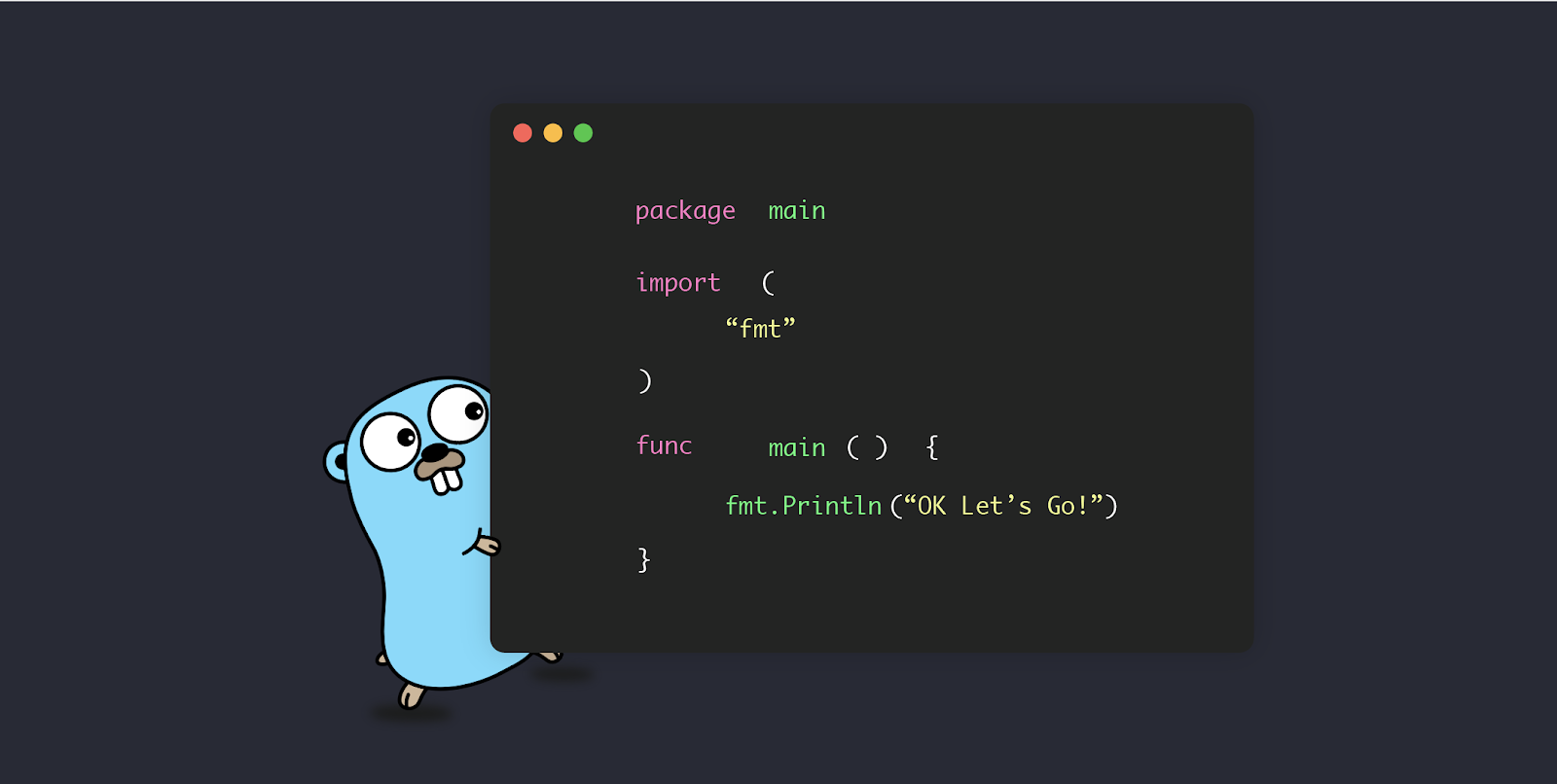Concurrency is one of Go's most compelling features, allowing developers to write efficient, parallelized programs. However, with great power comes great responsibility. Writing concurrent code can be tricky, as it often involves shared resources that multiple goroutines may access simultaneously. To ensure data integrity and avoid data races, Go provides synchronization primitives, including the sync.Mutex. In this blog, we'll explore the sync.Mutex in Go, its purpose, usage, advantages, and best practices to help you write safe and efficient concurrent programs.
Understanding the sync.Mutex
A sync.Mutex (short for "mutual exclusion") is a synchronization primitive provided by the sync package in Go. It's used to protect critical sections of code, ensuring that only one goroutine can access a shared resource at a time. The Mutex achieves this by providing two methods: Lock and Unlock.
-
Lock: When a goroutine callsLockon a Mutex, it gains exclusive access to the shared resource. If another goroutine already holds the lock, the calling goroutine will block until the lock is released. -
Unlock: When a goroutine callsUnlock, it releases the lock, allowing other goroutines to acquire it. It's crucial to remember to callUnlockto prevent deadlock scenarios.
Here's an example of how a sync.Mutex is used to protect a shared variable:
import (
"sync"
)
var sharedData int
var mu sync.Mutex
func main() {
mu.Lock() // Acquire the lock
sharedData = 42
mu.Unlock() // Release the lock
}In this example, the Mutex mu ensures that only one goroutine can access and modify sharedData at a time.
Use Cases for sync.Mutex
Mutexes are particularly useful in the following scenarios:
-
Shared Data: When multiple goroutines need to read or modify shared data, a Mutex ensures that only one goroutine accesses it at a time.
-
Resource Synchronization: Mutexes can be used to synchronize access to limited resources, such as network connections or files.
-
Thread Safety: When working with non-thread-safe libraries or APIs, Mutexes can be used to make the code thread-safe.
-
Critical Sections: To protect critical sections of code where data integrity is crucial, Mutexes ensure that only one goroutine can execute that section at a time.
-
Concurrency Control: Mutexes are valuable for controlling the level of concurrency in certain parts of your program, allowing you to fine-tune performance.
Advantages of sync.Mutex
Using sync.Mutex offers several advantages:
-
Data Integrity: Mutexes prevent data races and ensure that shared data is accessed in a controlled and safe manner.
-
Thread Safety: Mutexes allow you to make non-thread-safe code thread-safe by synchronizing access to shared resources.
-
Explicit Control: Mutexes provide explicit control over when and where concurrent access is allowed, enabling precise synchronization.
-
Predictable Behavior: With Mutexes, you can predict and control the order in which goroutines access shared resources, avoiding unexpected outcomes.
-
Resource Protection: Mutexes protect shared resources, preventing multiple goroutines from corrupting or modifying them simultaneously.
Best Practices for Using sync.Mutex
To effectively use sync.Mutex in Go, follow these best practices:
-
Minimize Lock Contention: Locks should be held for the shortest possible time to minimize contention and allow other goroutines to access resources efficiently.
-
Avoid Nested Locks: Be cautious about using nested locks, as they can lead to deadlock situations. Try to design your code to avoid nested locks when possible.
-
Avoid Recursion: Recursive locking can also lead to deadlocks. Avoid recursive locking scenarios, and if necessary, use other synchronization primitives like
sync.RWMutex. -
Use
deferfor Unlock: When acquiring locks, use thedeferstatement to ensure that the lock is always released, even in the presence of errors. -
Document Lock Usage: Clearly document the purpose and scope of locks in your code to help other developers understand their use and avoid misuse.
-
Test for Concurrency Issues: Write thorough unit tests to identify and address concurrency issues in your code.
-
Profile for Bottlenecks: Profile your code to identify performance bottlenecks caused by locks and optimize accordingly.
Conclusion
The sync.Mutex is a fundamental tool in Go for synchronizing concurrent access to shared resources and ensuring data integrity. By understanding its purpose, usage, and best practices, you can write safe and efficient concurrent programs in Go. Whether you're building web servers, concurrent data structures, or multi-threaded applications, Mutexes are an indispensable tool in your Go developer toolkit for managing concurrency and preventing data races.
